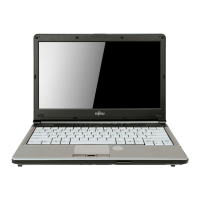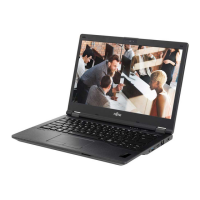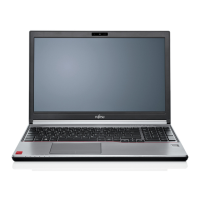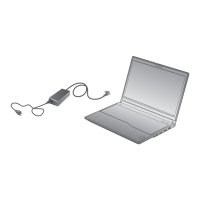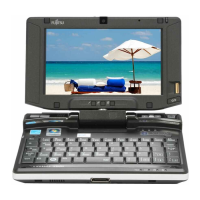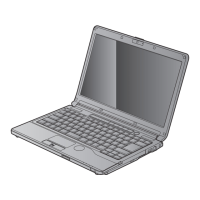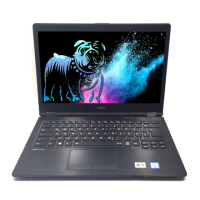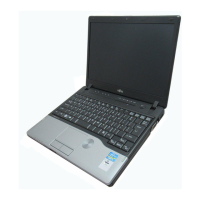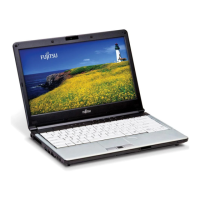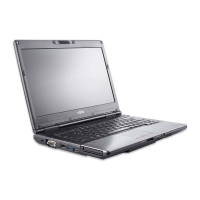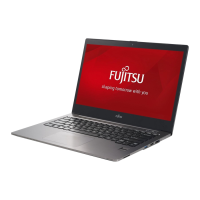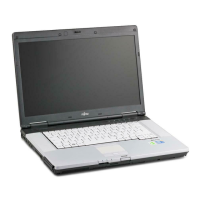Copyright
i
Copyright
Fujitsu has made every effort to ensure the
accuracy and completeness of this document;
however, as ongoing development efforts are
continually improving the capabilities of our
products, we cannot guarantee the accuracy of
the contents of this document.
We disclaim liability for errors, omissions, or
future changes.
Fujitsu, the Fujitsu logo, and LifeBook are
registered trademarks of Fujitsu Limited.
The following are registered trademarks of IBM
Corporation: IBM, IBM PC AT, IBM PS/2.
The following are registered trademarks of
Microsoft Corporation: MS, MS-DOS, Windows.
PCMCIA is a trademark of the Personal
Computer Memory Card International
Association.
AMD and Athlon are trademarks of Advanced
Micro Devices, Inc.
ATI and RADEON are registered trademarks of
ATI Technologies, Inc.
Broadcom are trademarks or registered
trademarks of Broadcom Corporation.
All other trademarks mentioned herein are the
property of their respective owners.
© Copyright 2003 Fujitsu. All rights reserved. No
part of this publication may be copied,
reproduced, or translated, without prior written
consent of Fujitsu. No part of this publication may
be stored or transmitted in any electronic form
without the written consent of Fujitsu.
Wesbite: www.pc-ap.fujitsu.com
DECLARATION OF CONFORMITY
according to FCC Part 15
This device complies with Part 15 of the FCC rules. Operations are subject to the following two conditions:
(1) This device must not be allowed to cause harmful interference, (2) This device must accept any
interference received, including interference that may cause undesired operation.
LB_GARLICS 00 (Intro) 21/7/03, 5:57 PM1
